From EUBIAS to NEUBIAS Academy: from trainee to trainer, how to fall in love with a community!
Posted by Rocco D'Antuono, on 20 July 2021
During my university time at physics, I specialised in biophysics and started to approach advanced microscopy, but my idea of measurement had always been connected with other instruments’ readouts, not exclusively images.
Once obtained my MSc, I started to work in an imaging facility at IFOM (Milan), as a microscopist, becoming later also in charge of image analysis. To learn more about the topic, I applied for the EUBIAS 2013 training school in Barcelona, but it was fully booked. I’ve been very lucky to be offered the slot of another trainee who couldn’t attend: that was the coincidence with which my adventure started.
The EUBIAS 2013 school in Barcelona included intriguing lessons about image analysis. Data sets were very similar to the ones I handled day by day and that I had tried to analyse in a self-taught manner with my fragmented knowledge.
Disclaimer: I am not so old to have archived my scripts on perforated paper cards but, at that time, internet and social media were at their starting point, meaning not many amazing recorded webinars, prolific youtubers, or twitter deafening birds; the way to learn about image analysis was much quieter and pretty much reduced to just taking part into a real person course, or the old solitarian paper approach.
At EUBIAS 2013 (organised by Julien Colombelli, Sébastien Tosi, Kota Miura, Jason Swedlow), luckily, the trainees and teachers were very nice and socialized a lot during the school, not only for the social events.
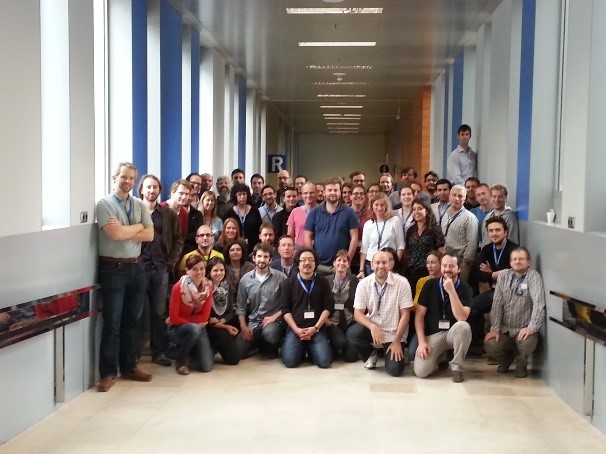
Thanks to the tools that I discovered, I could go back to work very satisfied and be involved in successful projects at my campus.
I liked so much the open teaching style and inspiring attitude of the training school (TS), that I said to myself: “I want to see those people again!”.
As it happened, shortly after, EUBIAS developed into NEUBIAS, a COST Action (CA15124, Cooperation in Science & Technology, Horizon 2020) aimed to support emerging bioimage analysts through the teaching and development of bioimage analysis (Chair: Julien Colombelli, co-chair: Kota Miura). I was able to get selected for the TS3 in Oeiras (Portugal, 2017) and, for my great pleasure, the training school didn’t lack attractive topics and the spirit didn’t change; eventually, I could also participate in Szeged (TS7, Hungary, 2018), Esch-sur-Alzette (TS11, Luxembourg, 2019), where NEUBIAS trainers seemed to recruit, as trainees and trainers, always more nice and inspiring people like themselves.
The role of the network has also been to allow people to visit other European countries and fill the short time after training activities with the experiences of local life, tightening the bonds between collaborators and creating new connections with informal time spent together.

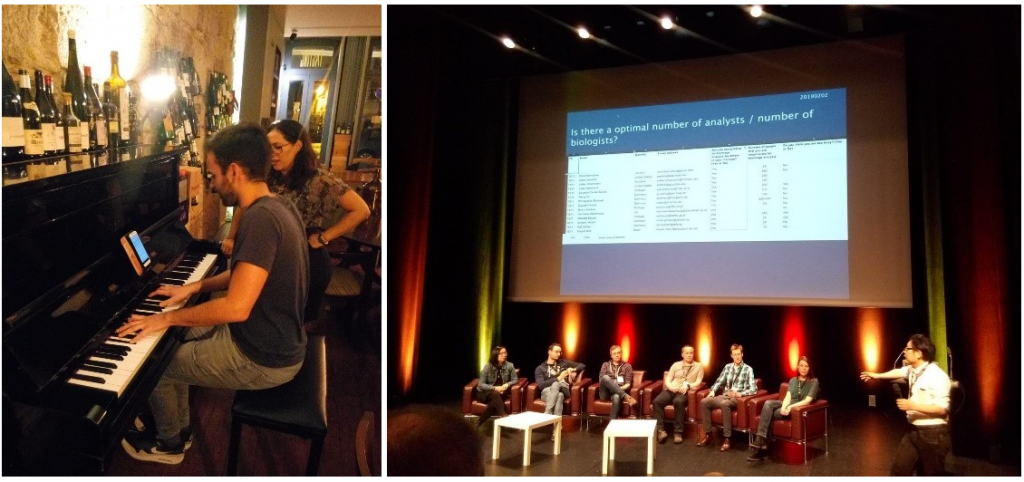
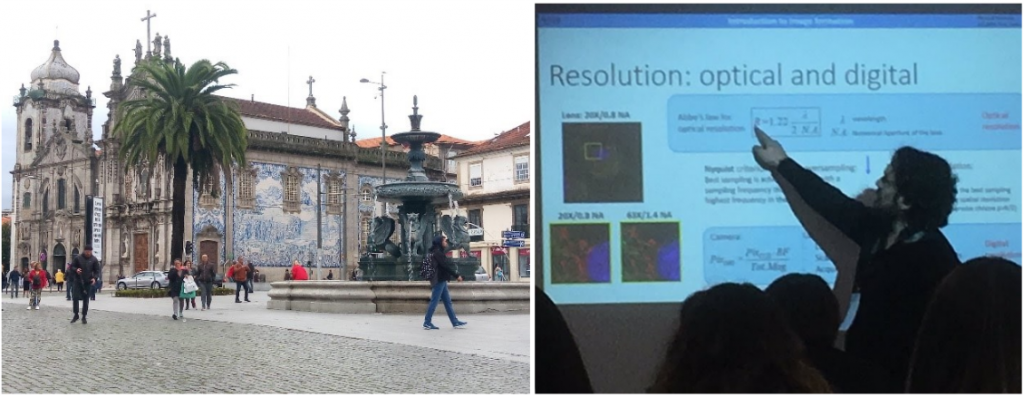
In 2019, I’ve been contacted by an ex group mate who proposed me to become a trainer, since he liked my way of working during one of the “work on your own data” activities; so, I could teach during the TS12 in Porto (2019) about the microscopy techniques required to obtain image data sets, spectral unmixing and scripting with ImageJ macro language.
My involvement with NEUBIAS didn’t end with the training schools, but continued through other teaching initiatives and fund applications (such as the “BioImage Analysis Defragmentation” Training School, just granted by EOSC-Life in 2021).
The role of NEUBIAS in the bioimage analysis community
I am personally very proud of having lived the NEUBIAS experience for multiple years, since the shared opinion in the bioimage analysis community is that NEUBIAS has made a very important work against the fragmentation of knowledge through the deployment of the Training Schools, Taggatons, annual symposia, and funding of the Short Term Scientific Missions, during which the granted applicants could visit another research group or facility to learn a particular image analysis technique and reshape it for a specific project.
Furthermore, the role of NEUBIAS has been fundamental to raise the self-awareness of those categories of researchers and facility staff that have always contributed to life sciences imaging projects with their computational expertise. While their knowledge about image analysis has always been employed, in the majority of the cases, it happened without a full professional recognition of the bioimage analyst profile.
Additionally, the isolation of single computationally proficient people, in a team with a sectorial specialisation in life sciences, could dampen the potential of many valuable scientific projects, because of the fragmentation of knowledge affecting the staff in charge of image analysis, or simply for the lack of a common technical vocabulary: for example, the same terms may describe different things or be interpreted differently in image analysis, biology, and computer science. NEUBIAS has tried to address the lack of a common bioimaging vocabulary working on the ontology of data types and operations, and with the creation of the BioImage Informatics Index ( https://biii.eu/ ).
From NEUBIAS to NEUBIAS Academy
My last great occasion to meet the whole amazing community was the NEUBIAS “grand finale” in Bordeaux, March 2020…then coming back from France it became evident that the world had changed. You can imagine the morale hit, not to mention the health scare we all felt.
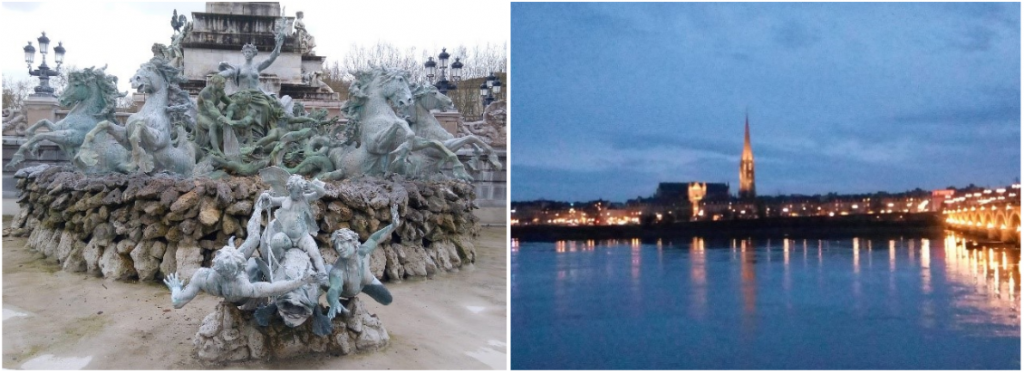
Uncertainties about everyday work routine and quite null possibilities to interact with other people have changed our mindset and have forced us to change the approach to do our job.
When all seemed more difficult, a call arrived from the NEUBIAS core group for a new interesting initiative.
We agreed that having most of the people stuck at home, a good way to help image analysts and life sciences researchers could have been a collection of all the high quality training materials and astonishing teachers (not me, the really good ones!) in a new series of digital events.
NEUBIAS Academy was just born! April 2020.

The initial period was characterised by fervour and dedication, the good memories from the last in-person symposium were still fresh, and the wish to surrender in our own isolation was, luckily, very low. We were able to give NEUBIAS Academy a good momentum with a training course on ImageJ macros and several webinars on different image analysis hot topics such as machine learning and deep learning, digital histopathology, 3D object segmentation, colocalisation, image integrity, GPU-based image processing, cell tracking, super-resolution analysis, image restoration. Additionally, we could include some introduction to programming languages and software development environments and a good representation of the best open-source software for image analysis.
The NEUBIAS Academy series has generated a lot of interest, and the virtual participation, to which all of us have been obliged, has enabled the world-wide community to join our initiative.
Just as an example, some of the live webinars have been done kindly “forcing” the speakers to deal with early or late shifts from Singapore or California, and their enthusiasm to participate has been a good confirmation of the general appreciation for the NEUBIAS Academy initiative.
For more info about NEUBIAS and its main spinoff NEUBIAS Academy please read this report [1].
The activities of NEUBIAS Academy went on for more than a year, including an entire series dedicated to Big Data and the last events, before this summer break, about image data management and new deep learning solutions. All the recorded events are available on our YouTube channel and all the answered questions are posted on the image.sc forum.
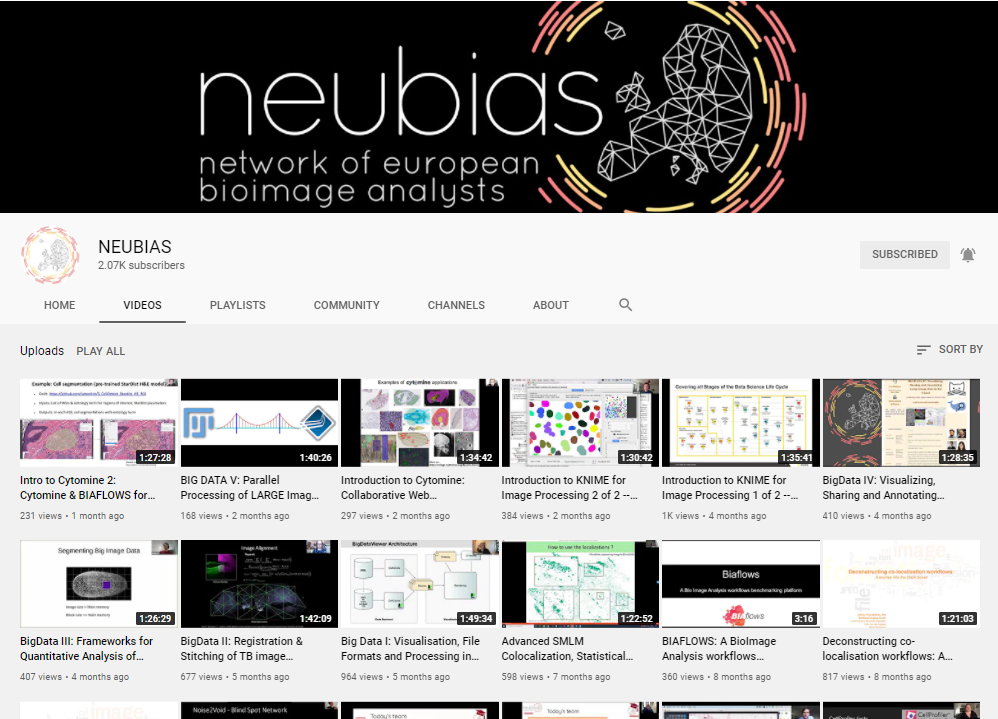
We are continuously looking for topics of common interest, helped also by the feedback surveys that the attendees kindly fill after each webinar.
As well, everyone wanting to propose new topics and helping with the organisation is very welcome!
Don’t miss your opportunity to easily help yourself and the community: just say what you would be interested to hear about at the next NEUBIAS Academy webinar. It’s Knowledge and it’s for free! I would like to thank the bioimage analysis community, the NEUBIAS core group and NEUBIAS Academy’s organisation committee for all the contributions to this amazing series.
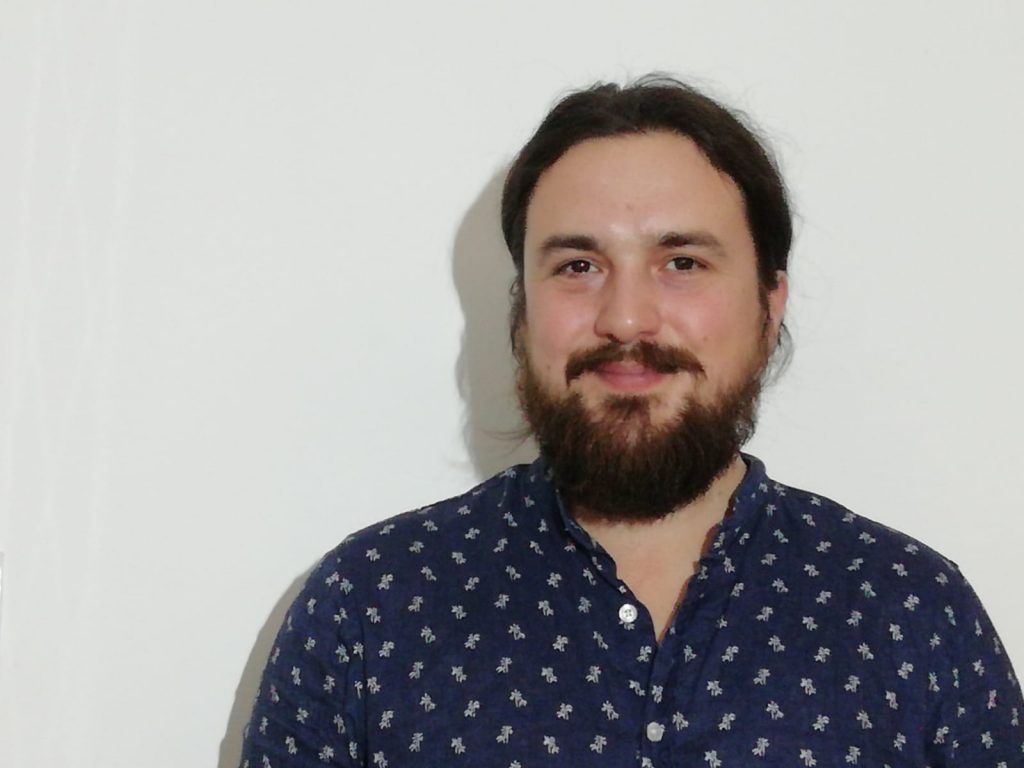
References
1. Martins GG, Cordelières FP, Colombelli J et al. Highlights from the 2016-2020 NEUBIAS training schools for Bioimage Analysts: a success story and key asset for analysts and life scientists [version 1; peer review: 1 approved]. F1000Research 2021, 10:334 (https://doi.org/10.12688/f1000research.25485.1)


 (No Ratings Yet)
(No Ratings Yet)